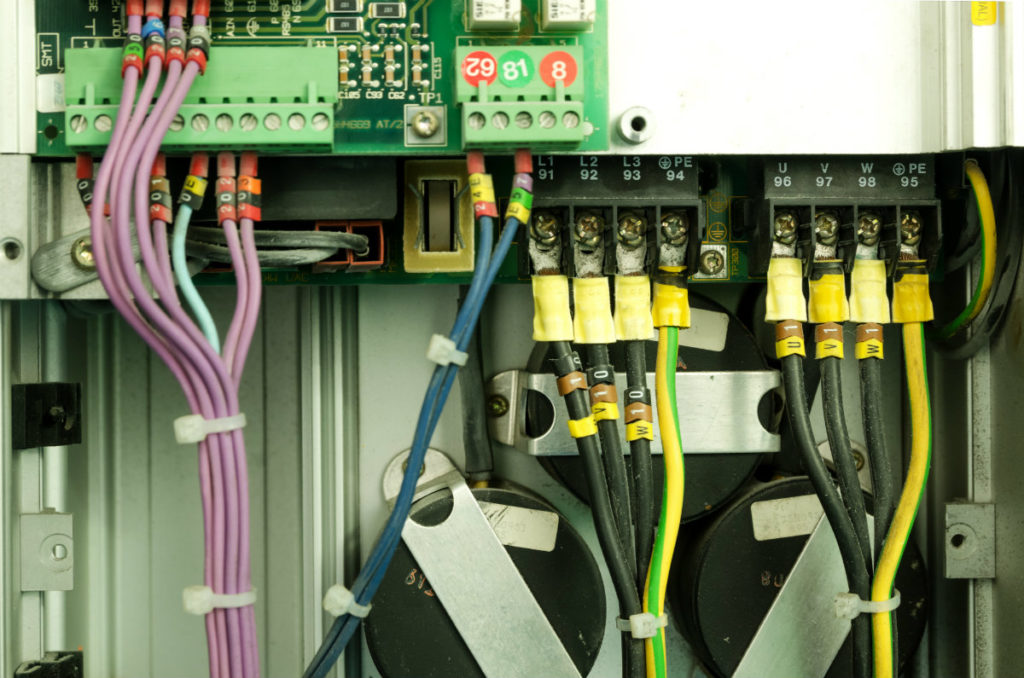How do you calculate the RPM (Revolutions Per Minute) of a Variable Frequency Drive (VFD)? This is what we will go over in this post.
A Variable Frequency Drive, which is most often abbreviated as VFD, is a type of mechanical drive system used to control AC motor speed and torque by varying motor input frequency and voltage. VFDs are also commonly referred to as adjustable speed drives, adjustable frequency drives, AC drives, microdrives, and inverters. A typical VFD has six diodes which direct the flow of electric current.
VFDs have certain benefits over regular speed drives. For example, VFDs allow you to adjust the power supplied to the machine to match the system requirement of the driven element. This ability to precisely adjust and match power to the system requirements can result in other benefits including greater process control, energy conservation, improved efficiency, lowering noise levels, reducing stress on machines and extending machine life.Because VFDs are able to customize the frequency and voltage based on the motor’s load, as the motor speed requirements fluctuate, so can the power from the VFD.
Power is input into the VFD at 60 Hertz, which is the standard cycle frequency in the U.S. The VFD can then adjust the speed of the motor downstream. The VFD thus acts as a kind of middleman between an upstream power source and the actual motor.
Determining the RPM of a VFD is important because knowing the RPM is critical to being able to adjust the power to match the system requirement, which is what results in process control and energy savings.
Now that you have a little backstory on VFDs, let’s look into how to analyze vibration on a VFD.
In order to analyze vibration, you must locate the 1X frequency on the spectrum. The equation to calculate this is:
The actual frequency divided by the potential frequency = X divided by the RPM on the machine nameplate.
Plugging in some example numbers, that equation might look like this:
50/60 = X/1800
It is also important to remember that the RPM on the machine nameplate, although likely a good rough gauge of the machine’s RPM on a regular speed drive, will likely be incorrect for a VFD, which is why this equation is important.
Elaborating on this further, in the above equation, the 50 is the power on the VFD’s control panel, the 60 is the standard cycle frequency, and the 1800 is the RPM on the motor nameplate. Solving for this equation will give you 1X or the RPM of your VFD.
Because we must know the relationship of the frequencies to the 1X frequency of the machine, it is absolutely essential that we correctly identify 1X. If 1X is not correct, your machine diagnosis will also suffer.
To reiterate, to calculate the RPM of a VFD, you need:
- The number on the VFD’s control panel
- The standard cycle frequency
- The RPM on the motor nameplate
With these three numbers you will be able to find 1X and thus, the RPM of the VFD.
To read more about calculating the RPM of a VFD motor, read our previous blog post here.
Photo courtesy: iStockphotos.com/yanik88



